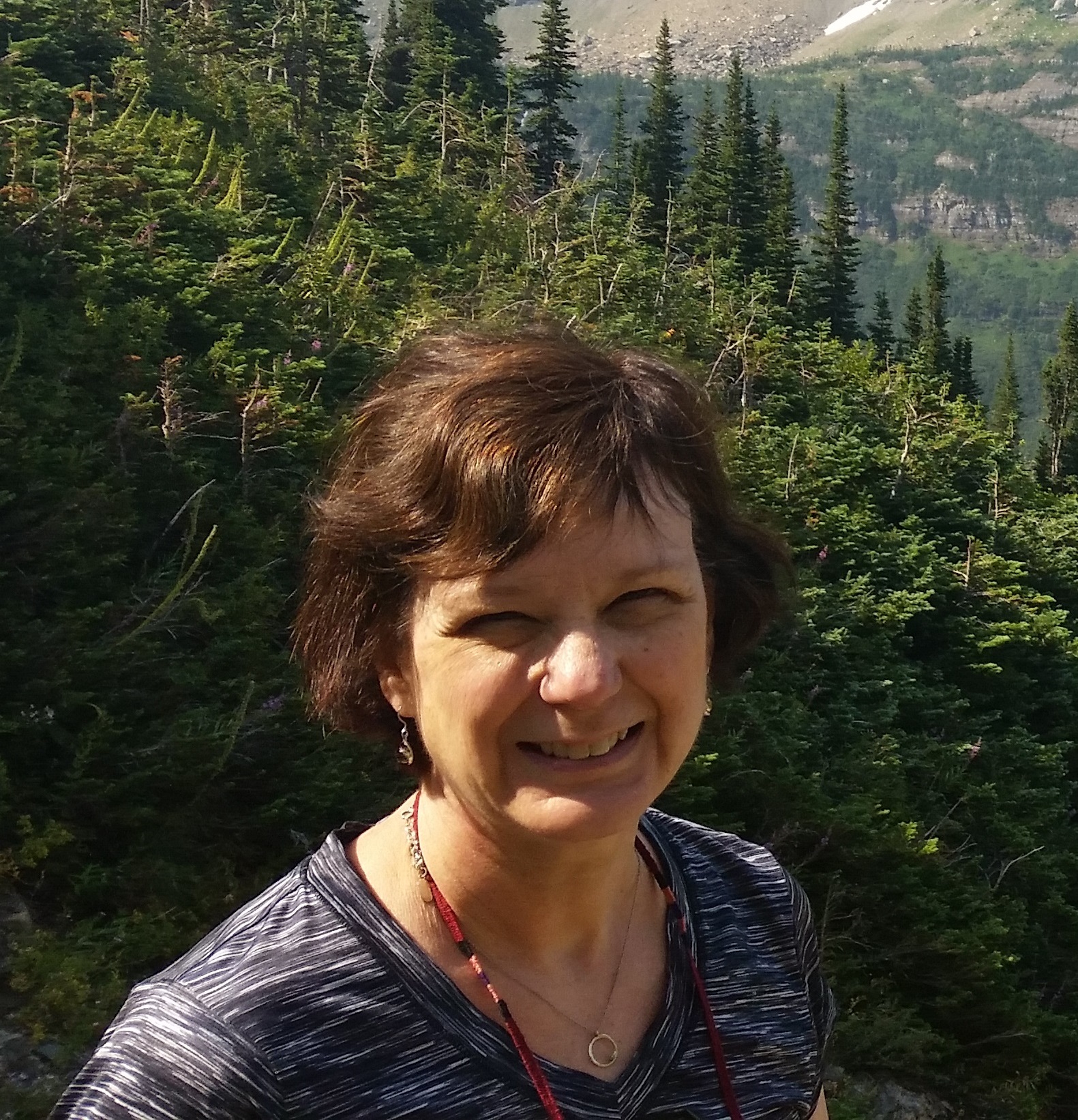People of SGCI: Ann Zimmerman
- Details
- Published on Monday, 14 August 2017 16:00

Ann Zimmerman
Ann Zimmerman Consulting
What is your role within SGCI and what do you do?
I have two roles within SGCI. I spend most of my time serving as the independent evaluator for SGCI. In this capacity, I work with SGCI leadership and staff to design and implement systematic processes to collect and analyze data to help understand where things are working well to meet SGCI’s goals and where they might work better. This information is used to help manage SGCI and to provide accountability to funders and other stakeholders.
In my remaining time, I serve as a consultant within the Incubator service area. In this capacity, I provide evaluation expertise to SGCI science gateway clients. This consulting can take many different forms depending on a gateway’s needs. I also offer training to improve the evaluation skills and knowledge of gateway personnel. For example, check out the tutorial I will be offering at the upcoming Gateway Computing Environments Conference.
How did you come to be a part of SGCI, and why were you intrigued by the opportunity?
Nancy Wilkins-Diehr, SGCI PI, approached me to consult on evaluation when the team was preparing their NSF proposal more than two years ago. It’s great when a PI involves me early in the process, so evaluation can be built in from the start. Nancy and I had become acquainted when I was a faculty member at the University of Michigan and working on an evaluation of the NSF-funded TeraGrid project and the follow-on NSF planning process for the next phase of the TeraGrid. The latter ultimately led to XSEDE. I learned a lot about science gateways through these two activities and wrote and presented on some of the findings.
I‘m fascinated by the ways that new technologies affect the practice of science. Most science gateways are intended to make it possible for researchers to do things that would be harder to accomplish without them such as analyze large amounts of data, model scientific phenomena, support team collaboration, or share locally developed resources with a large, distributed community. While the benefits of science gateways may seem obvious, they often require researchers to change their established routines and processes, trust unfamiliar software, or collaborate with new people such as citizen scientists, students, or researchers in other disciplines. Understanding how communities come to adopt gateways and finding ways to measure gateways’ contributions to science and society never cease to interest me.
What is the most challenging part of your work for SGCI?
It’s common for people to think of evaluation as something that comes at the end. While we do often have to wait for something to take place -- a training workshop, a new tool deployed through a gateway -- before we can assess it, there’s a lot to be gained by approaching evaluation as a way of thinking that can help us better plan what we do. Before we even talk about collecting data through surveys, focus groups, social network analysis, etc., I work with clients to clearly state what they hope will be different because of their gateway. How will the world be better? From there, we discuss how the gateway’s tools and activities (e.g., training, community workshops) will contribute to the desired outcomes. The link between those two things -- its goals and what the gateway does to try to achieve them -- is the basis for evaluation. Evaluation is a form of research that can also be used to better understand a community’s needs or to learn about things that may make it hard for the gateway’s intended users to embrace new ways of working. These insights can help gateways anticipate and address potential barriers to adoption. Even though it can be challenging, one of the most satisfying aspects of my job is seeing people come to appreciate the many roles that evaluation can play to help increase their gateway’s impact.
How else are you involved in the technology or gateway community?
Although SGCI is my main involvement with the gateway community, other projects I work with involve gathering information on a particular group’s technology needs or assessing the influence of new technologies. Scientists and engineers are my main clients.
What do you most like to do in your free time?
I enjoy walking and hanging out with Scarlet and Percy, our retired racing greyhounds. I also volunteer with Greythounds of Eastern Michigan to help people learn more about these amazing 40 mile per hour couch potatoes, as greyhounds are appropriately known. It’s always rewarding when someone I meet decides this is the right breed to add to their family. While canine companions are great, human friends and family are essential to me. I work hard to make it a priority to spend time with the special people in my life. If I have any time left, I like to read.
If you were a superhero, what superpower would you have?
Like Batman and Thor, I would need very little sleep. This would give me time to accomplish the many things I want to do both personally and professionally. There are never enough hours in the day for me.